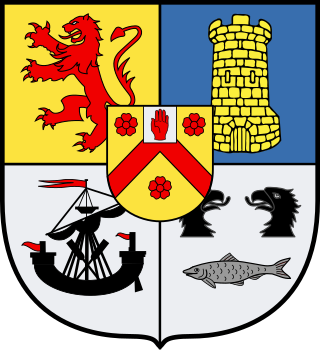Rutger Macklier
From Wikipedia, the free encyclopedia
Friherre Rutger Maclean I (1688–1748) or Rutger Macklean I was an officer of Charles XII of Sweden who participated in Battle of Holowczyn, Battle of Poltava and Battle of Tobolsk in the Great Northern War.[1]

Biography
He was the son of David Makeléer, the first governor of Älvsborg County in Sweden.[2] He studied in England.[3] He married Vilhelmina Eleonora Coyet, who was 30 years younger than him, and they had at least four children:[4]
- Baron David Macklean[5]
- Rutger Macklean II (1742–1816) who was a central figure in land reform in Sweden in the late 18th and early 19th centuries
- Eleonora Charlotta Macklean (1744–1777) born on 12 June 1744 in Svaneholm[6]
- Gustaf Macklean, when Gustav III of Sweden was murdered, Gustaf hid one of the murderers at his farm Brodda, nearby Svaneholm.[1]
Ancestors
| Rutger Macklier | Father: David Makeléer |
Paternal Grandfather: John Hans Makeléer |
Paternal Great-Grandfather: Hector Og Maclean, 15th Clan Chief |
| Paternal Great-grandmother: Isabella Acheson of Gosford, the daughter of Sir Archibald Acheson, 1st Baronet | |||
| Paternal Grandmother: Anna Gubbertz |
Paternal Great-Grandfather: | ||
| Paternal Great-Grandmother: | |||
| Mother: Eleonora Elisabet von Ascheberg |
Maternal Grandfather: Rutger von Ascheberg |
Maternal Great-Grandfather: | |
| Maternal Great-Grandmother: | |||
| Maternal Grandmother: Magdalena Eleonora von Bussech |
Maternal Great-grandfather: | ||
| Maternal Great-Grandmother: |
References
Wikiwand - on
Seamless Wikipedia browsing. On steroids.
